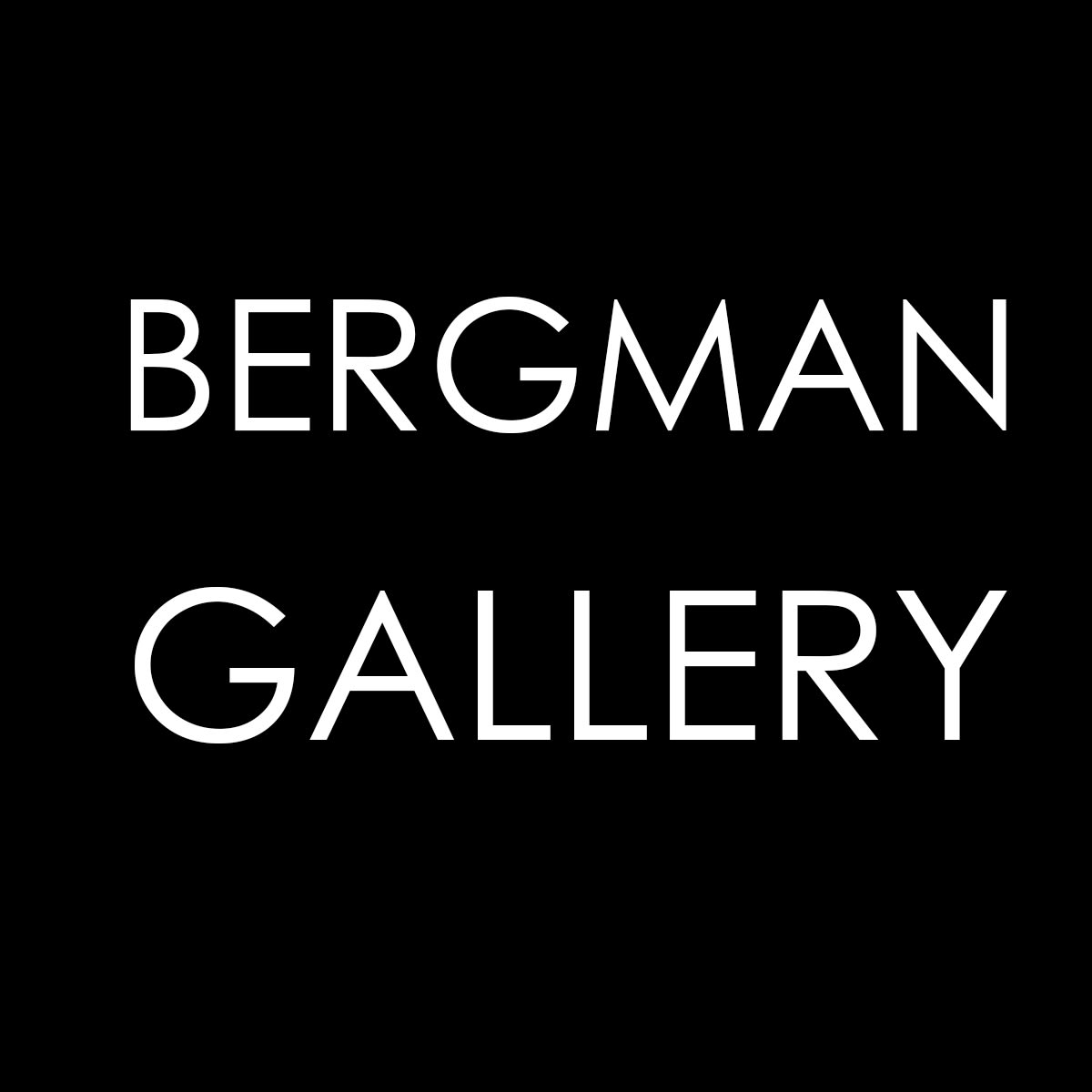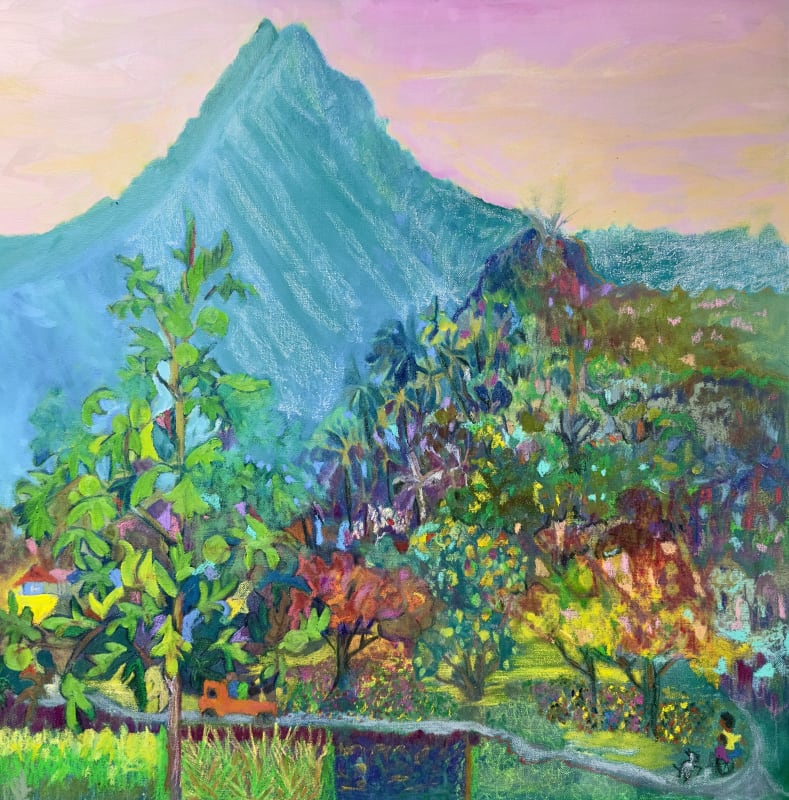Each artist in this exhibition works from a place of lived experience—locally grounded yet internationally informed. Their practices span decades, mediums, and geographies, offering divergent but interrelated perspectives on identity, social change, and aesthetic agency. Rather than romanticising the past, these works confront the legacies of colonial intervention, missionary influence, and the layered inheritances of post-independence life. The artists pose critical questions: What constitutes cultural sovereignty? How do memory, language, and land sustain—or falter—across generations?
The title, To Tātou Mārāmā – Our Light, gestures not toward a fixed ideal but a shared, if contested, illumination. The light evoked here is not symbolic purity but the accumulated clarity of lived histories—at times joyful, at times fragmented. Gragg’s abstractions of the landscape, Marster's vibrant reflections on island life, Tangaroa’s political self-reflexivity, and George’s chromatic documentation of place together comprise a multi-vocal response to what it means to reflect on the past while remaining critically present.
In a climate of global precarity and cultural erosion, this exhibition proposes not nostalgia, but endurance—a testament to the complexity of looking back in order to move forward.





